Nursing Roles and Interventions in Ostomy and Stoma Management
VerifiedAdded on 2023/01/17
|16
|1060
|70
Report
AI Summary
This report provides a comprehensive overview of ostomy and stoma care within the nursing context. It begins with an introduction to ostomies, defining them as artificial openings created during surgery for the exit of bodily waste, and identifies various physiological problems that may necessitate ostomy procedures, such as inflammatory bowel disease, birth defects, and cancer. The report then details the crucial role of the stoma nurse, encompassing patient support, coordination of treatment, practical advice, and emotional navigation. It thoroughly examines the care provided by nurses during the pre-operative, peri-operative, and post-operative stages, including assessment, information provision, and intervention. Furthermore, the report highlights interventions like wound care and pain management, along with essential educational needs for stoma care nurses. It also outlines the importance of a multidisciplinary team for ostomy care and emphasizes safety considerations such as appliance application and post-operative stent use. Finally, the report explores patient assessment strategies, including appliance inspection and output evaluation, concluding with the significance of nursing interventions in effective patient management.
1 out of 16
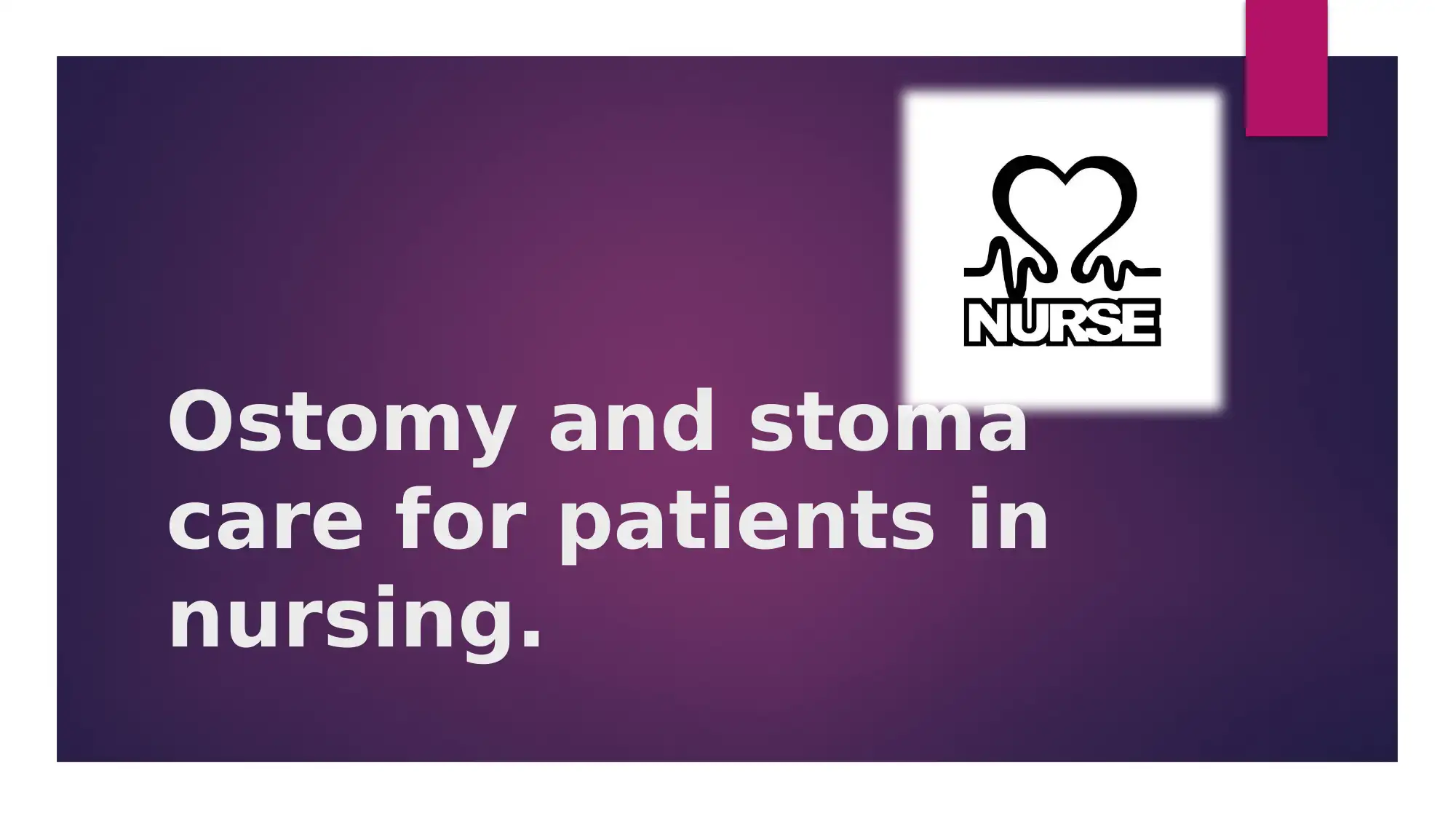

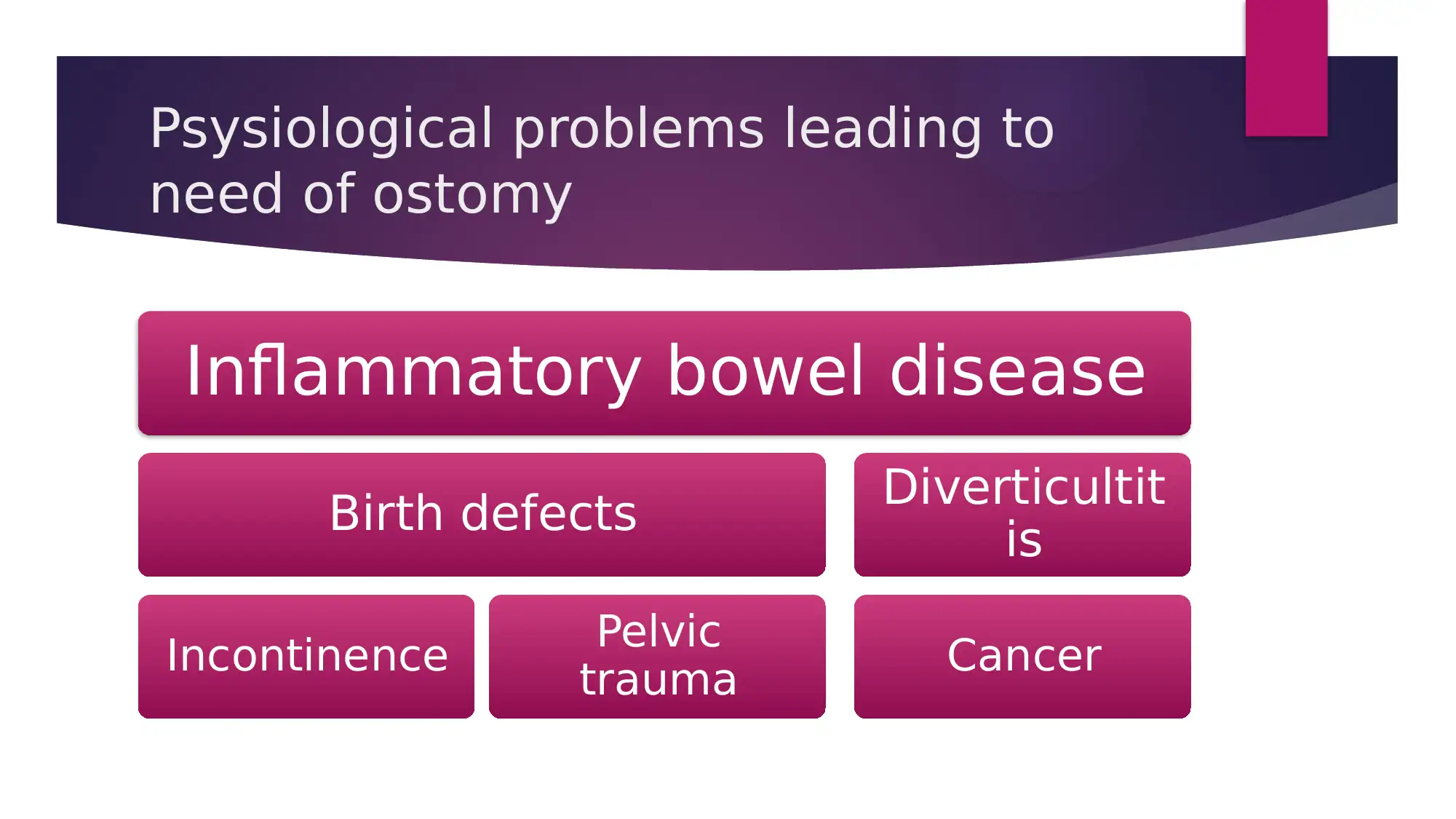

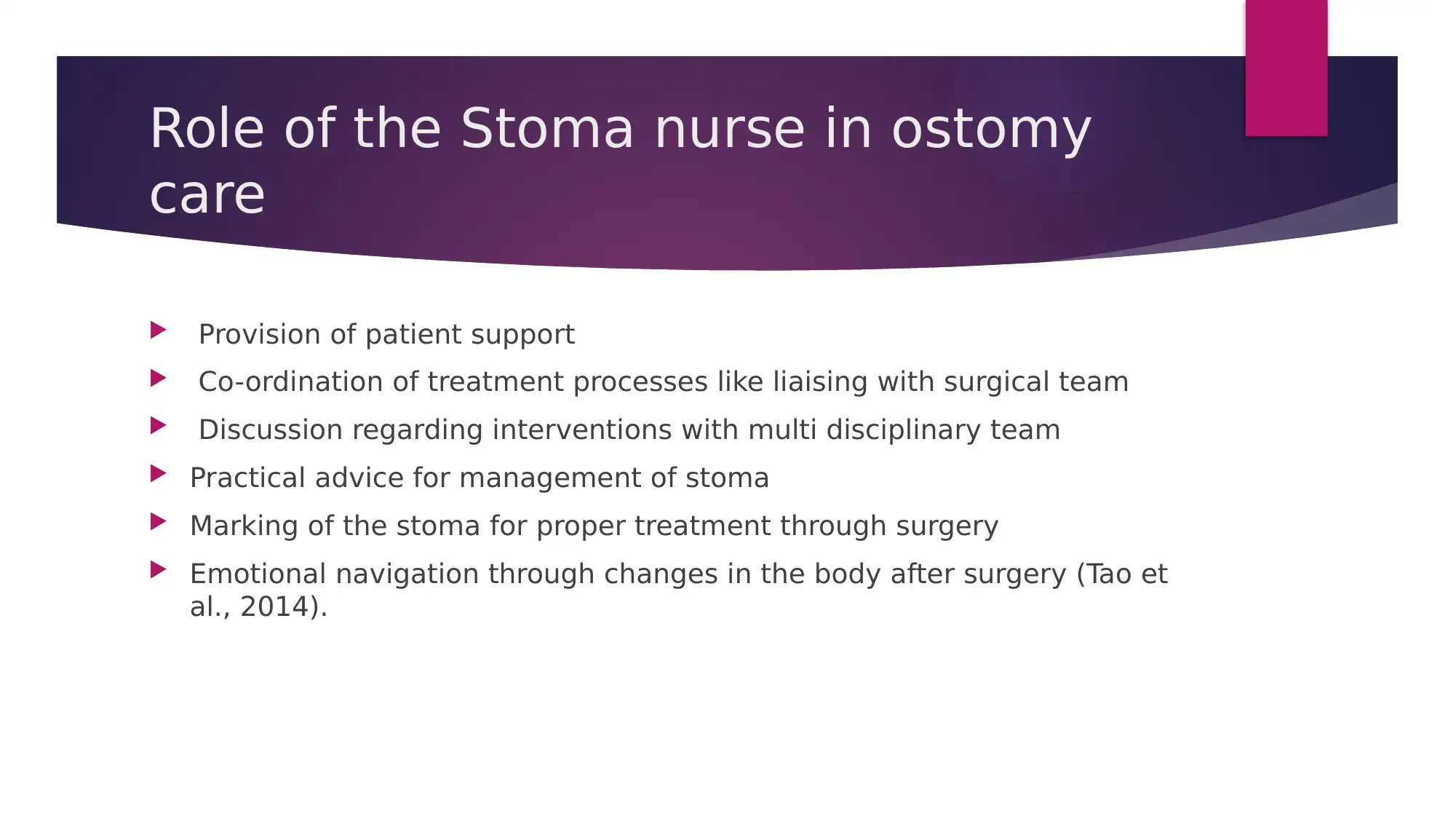
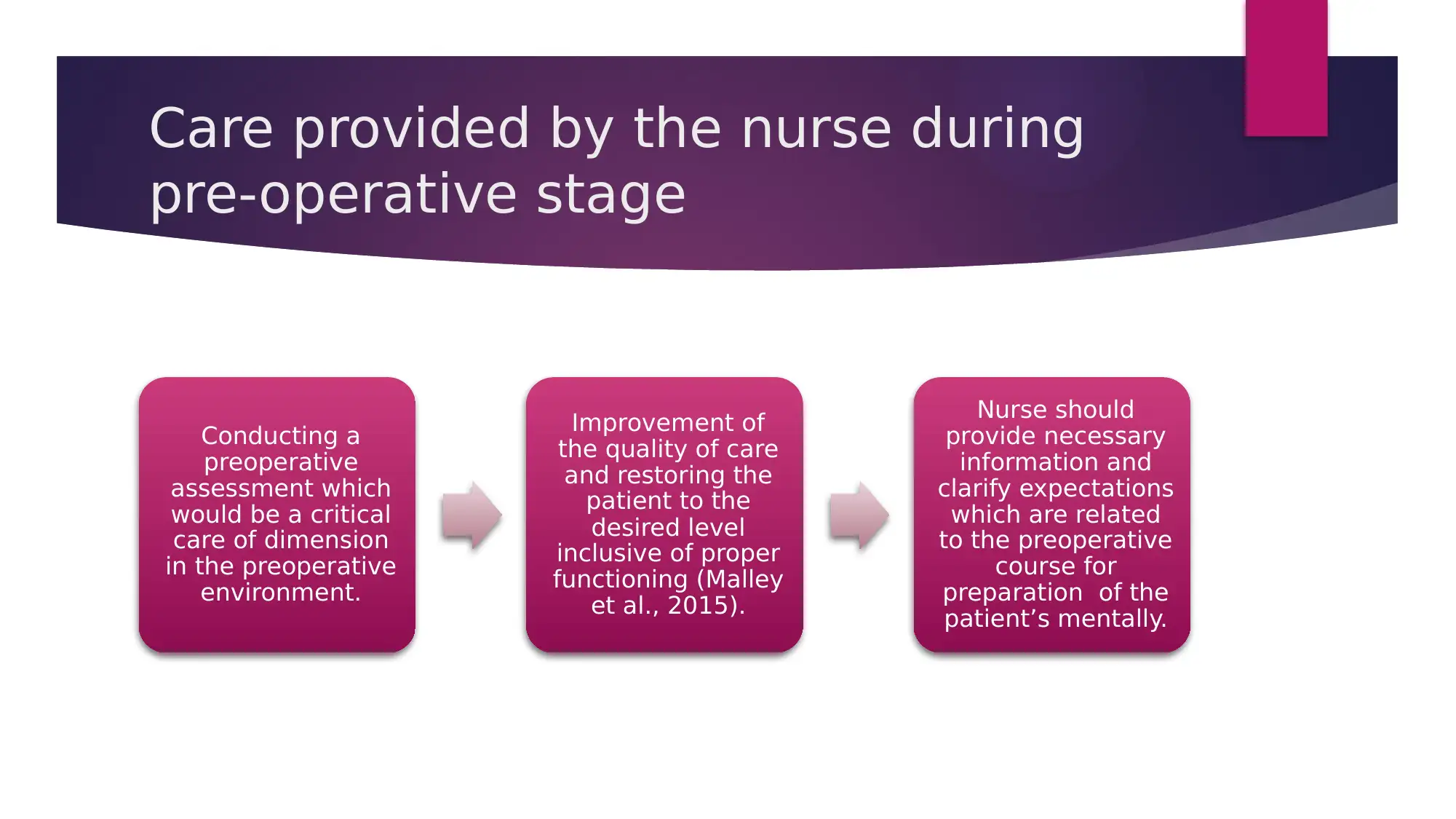
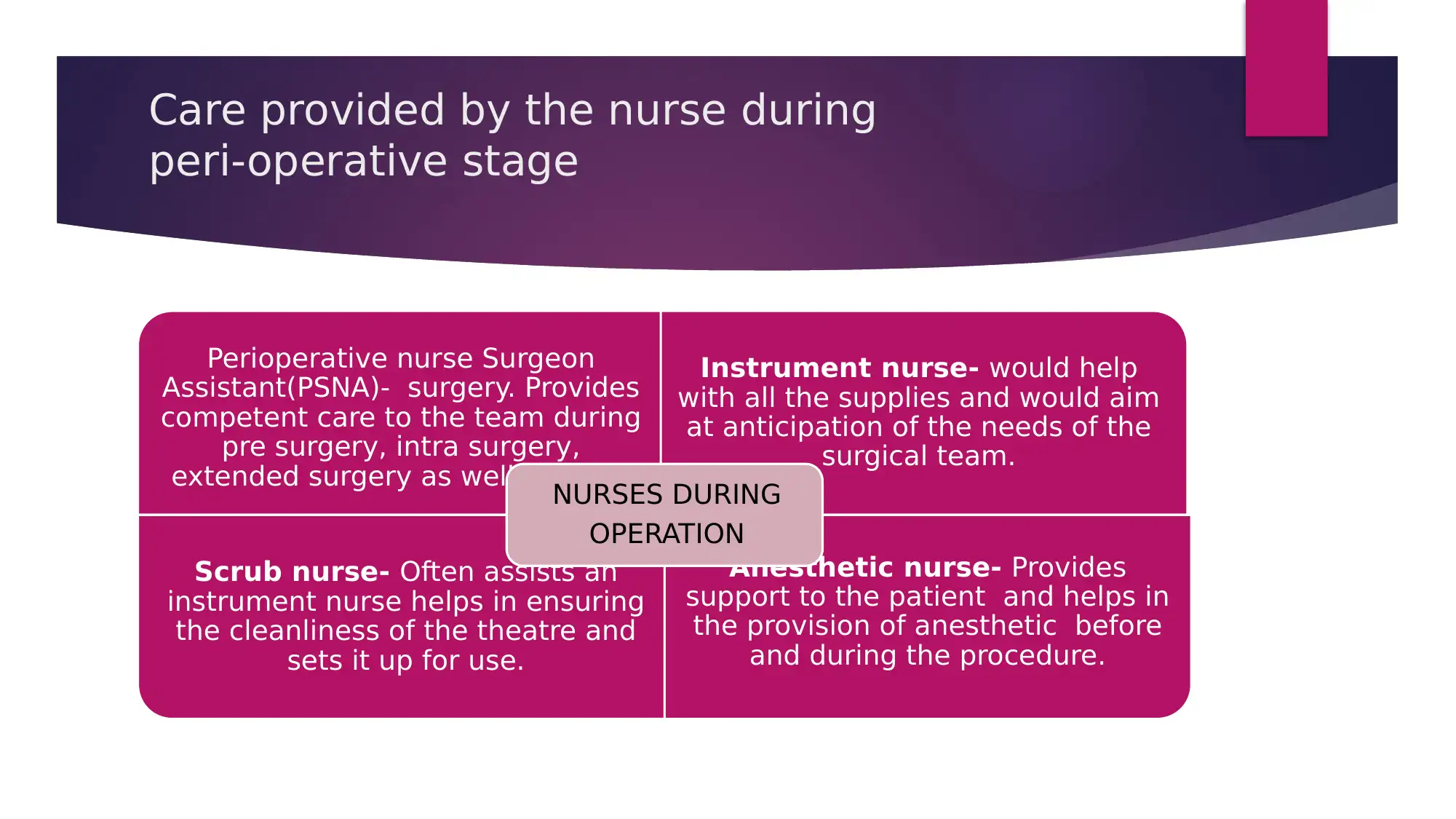


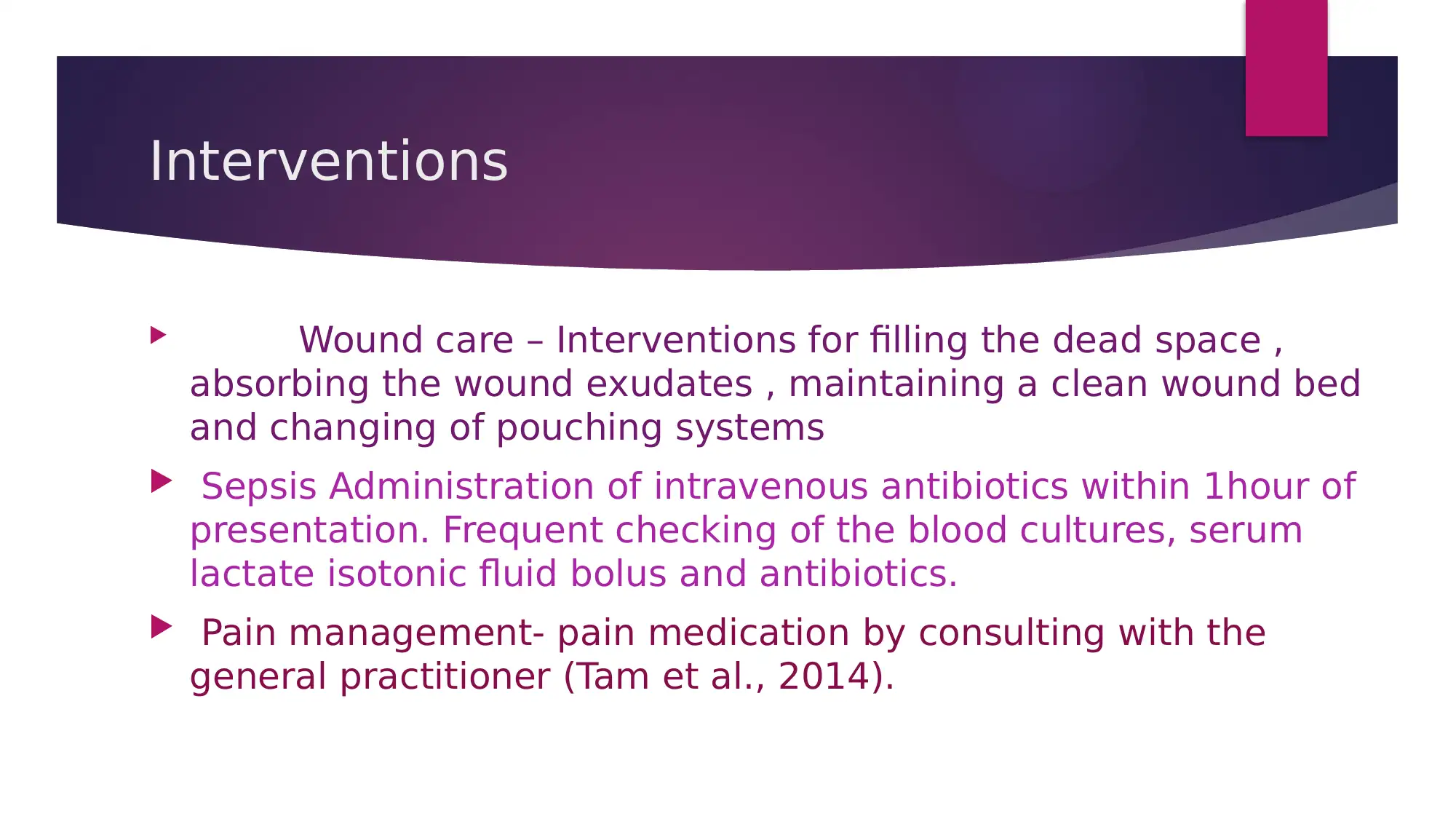
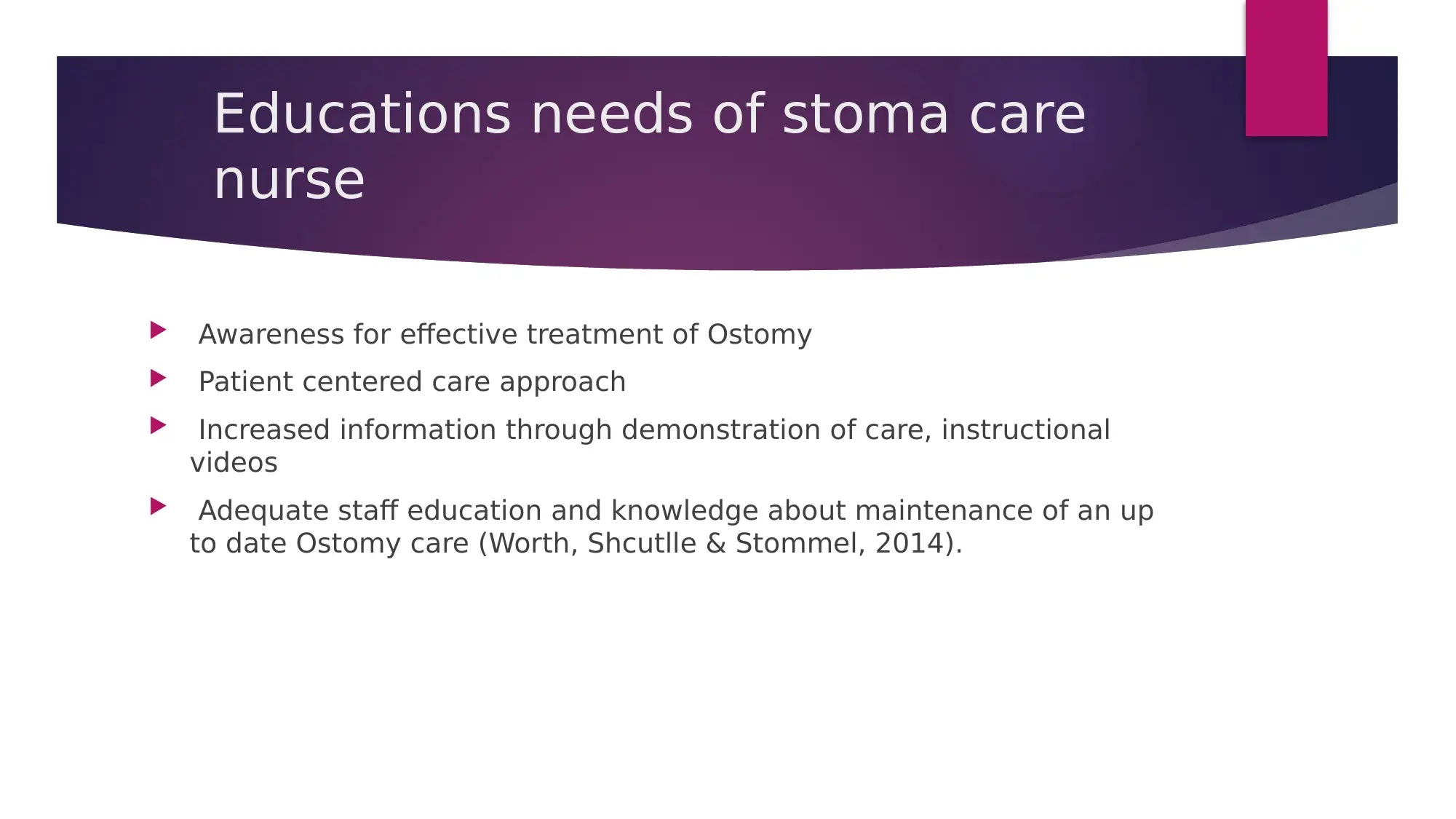
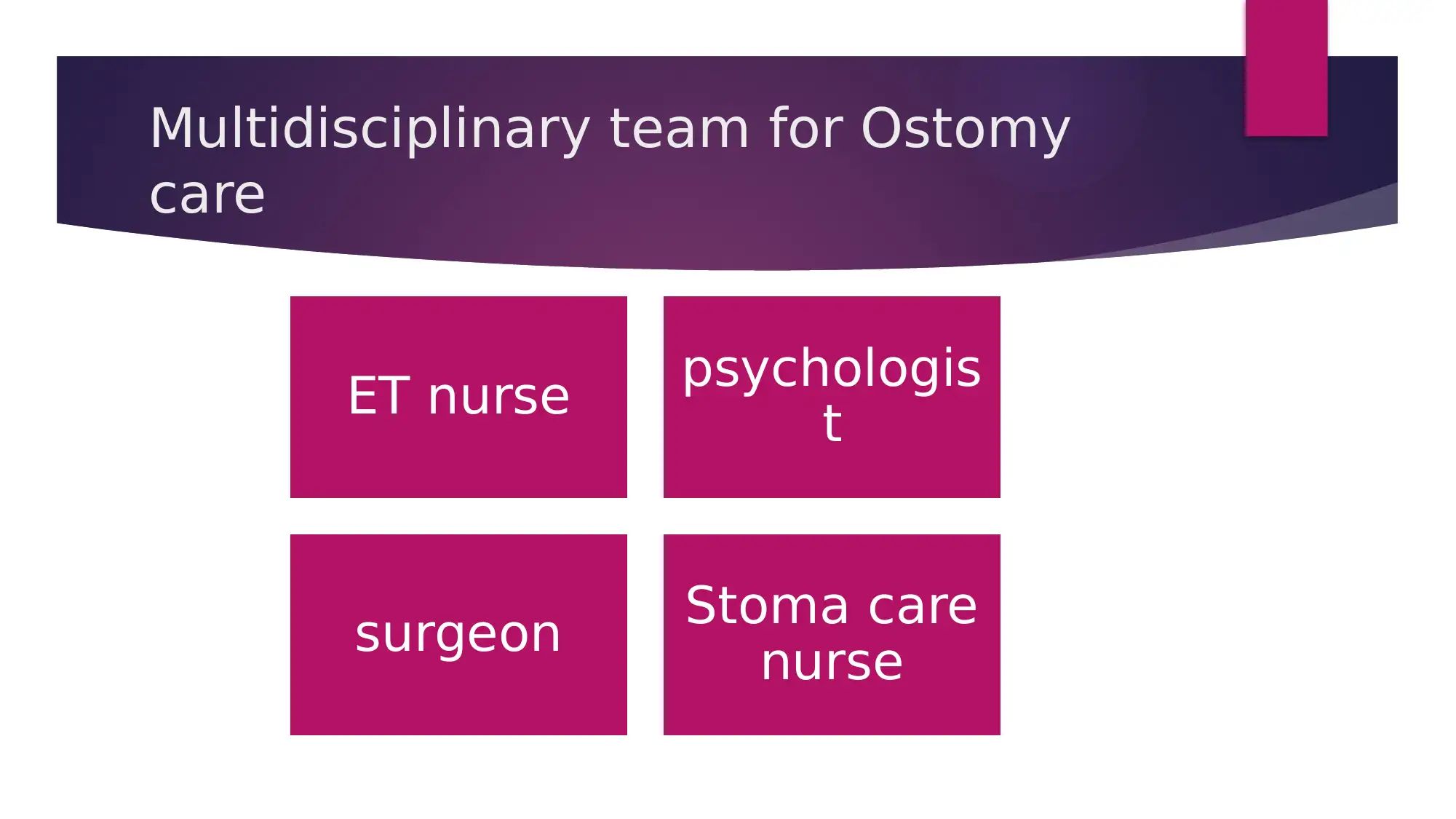
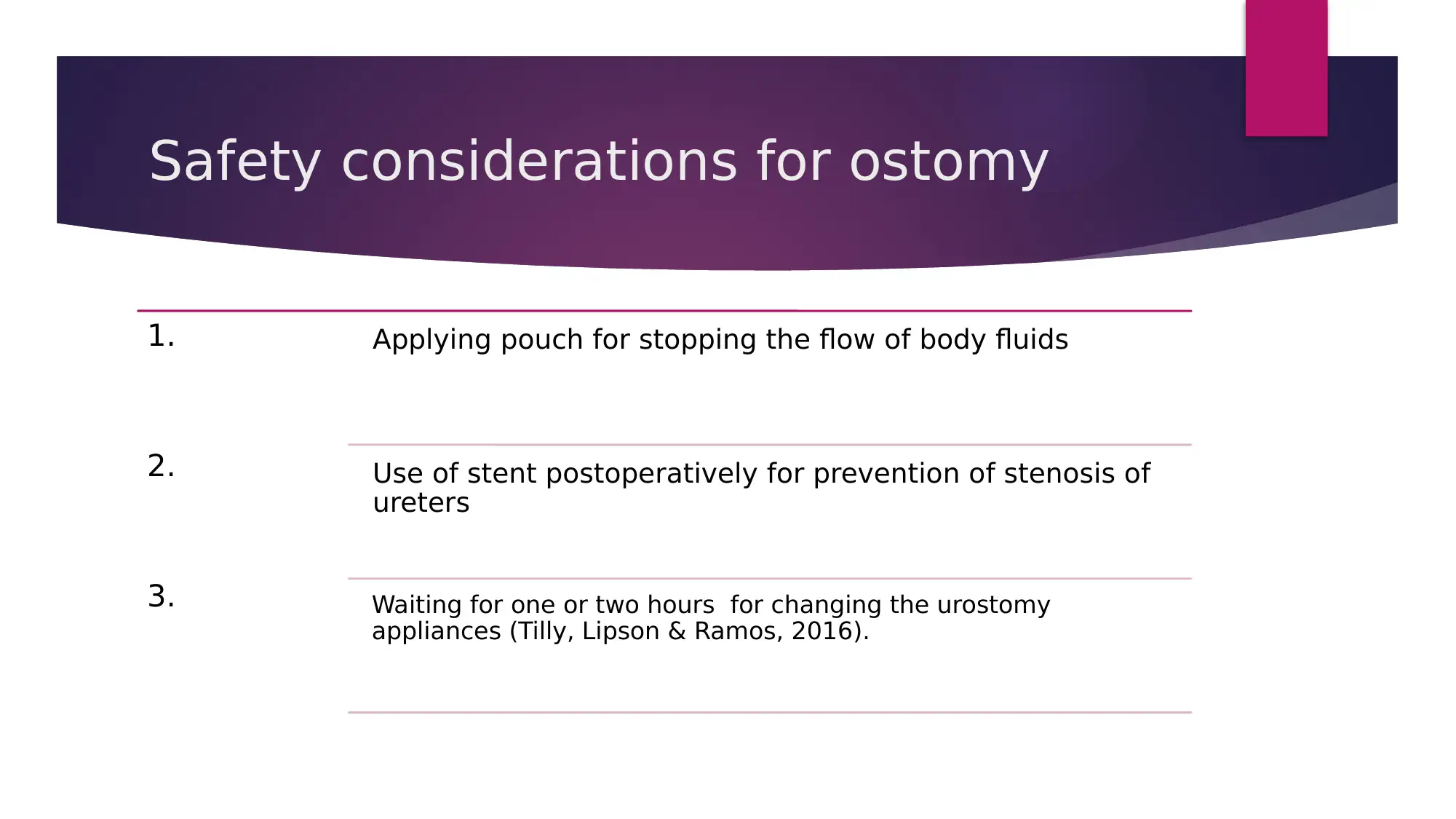






![[object Object]](/_next/static/media/star-bottom.7253800d.svg)